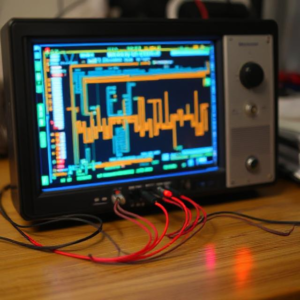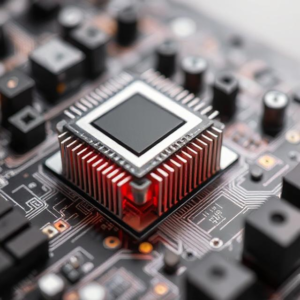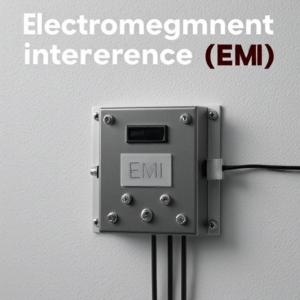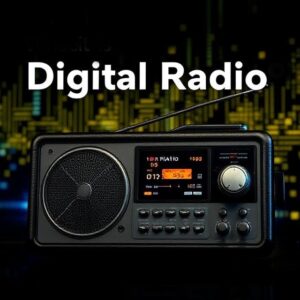1. What is Electronic Noise?
Electronic noise refers to random electrical signals that can mess with your circuit, causing unwanted signals or disturbances. Think of it like static on a radio or a blurry image on a TV screen. It’s extra “background” noise that you don’t want, but it still exists in most electronic systems.
Noise can come from many sources, like:
- The components themselves (e.g., resistors or transistors).
- External sources like power lines or other devices nearby.

2. Types of Noise:
Here are a few common types of noise you might encounter:
- Thermal Noise (Johnson-Nyquist Noise): This is noise that happens because of the random movement of electrons inside all materials, especially resistors. It’s like a “fizzing” sound in an old speaker.
- Shot Noise: This happens when electrons move through a component, like a diode or transistor, in discrete “shots” instead of a smooth flow. It can cause tiny, random fluctuations in signals.
- Flicker Noise (1/f Noise): This noise is more noticeable at lower frequencies and often happens in older electronic devices.
3. What is Interference?
Interference is when unwanted signals from external sources mess up the normal operation of your electronics. It’s like someone talking loudly during a phone call, making it hard to hear the person on the other end.
Interference can happen when:
- Radio signals from nearby devices (like radios, TVs, or cell phones) interfere with your circuit.
- Power lines or electrical equipment emit electromagnetic waves that affect sensitive circuits.
- Wiring or connections in the system act like antennas, picking up signals they shouldn’t.
4. Types of Interference:
There are two main types of interference:
- Electromagnetic Interference (EMI): This is interference caused by electromagnetic waves from other electronic devices. For example, a microwave can cause EMI in your radio.
- Radio Frequency Interference (RFI): This type of interference happens when your circuit picks up radio waves from nearby communication devices like cell phones or wireless routers.
5. Why is Noise and Interference a Problem?
- Distortion of Signals: Noise can make your signals unclear or distorted, leading to errors or malfunction. For example, a distorted sound in a speaker or poor image quality on a screen.
- Malfunctioning Equipment: Sensitive electronics can behave unpredictably or even fail if they’re affected by too much noise or interference.
- Reduced Performance: In precise applications like medical equipment, cars, or communication devices, noise can degrade the performance or accuracy of the system.
6. How to Reduce Noise and Interference:
Engineers use different methods to reduce or eliminate noise and interference in electronic systems:
- Shielding: This involves covering components with materials that block unwanted electromagnetic waves (like metal cases) to protect against EMI or RFI.
- Twisted-Pair Wires: Using twisted wires can cancel out some types of interference by balancing out the signals.
- Filters: These are components that only allow certain frequencies to pass through, blocking out the unwanted noise.
- Grounding: Properly grounding your circuit helps redirect excess electrical noise away from the sensitive parts of the system.
- Decoupling Capacitors: These capacitors can help smooth out voltage fluctuations and reduce noise in power supply lines.
7. Everyday Examples of Noise and Interference:
- Static on a Radio: When you hear static on a radio, it’s caused by interference from nearby electronics, like power lines or cell phones.
- Distorted Audio: If you hear popping or crackling sounds in speakers, it’s often because of electrical noise, possibly from nearby equipment or poor wiring.
- Poor Wi-Fi Signal: If your Wi-Fi connection keeps dropping or is slow, it might be caused by interference from other wireless devices, like microwaves or cordless phones.
Conclusion:
Electronic noise is like unwanted static or background noise that interferes with the smooth operation of electronic devices. Interference is when external signals from nearby devices mess up your electronics. Both can cause issues like signal distortion, equipment malfunctions, or reduced performance. Luckily, there are various ways to reduce or eliminate noise and interference, such as using shielding, filters, and good grounding techniques.











